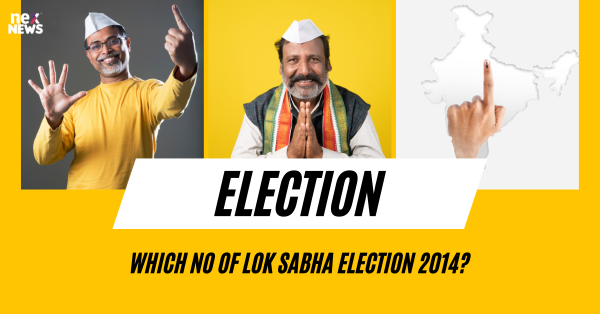The Significance of the 2014 Lok Sabha Elections
The 2014 Lok Sabha Elections held in India marked a significant turning point in the country's political landscape. With more than 800 million eligible voters, making it the largest democratic exercise in history at that time, these elections were crucial in determining the future direction of the nation. The high voter turnout reflected the growing political awareness and participation among the Indian populace, highlighting the importance of democracy in shaping the country's governance.
This electoral event was particularly significant due to the dominance of the Bharatiya Janata Party (BJP) led by Narendra Modi, who secured a decisive victory and became the Prime Minister of India. The BJP's landslide victory symbolized a shift in the political dynamics of the country, with a focus on development, economic reforms, and good governance. The outcome of the 2014 Lok Sabha Elections not only altered the power structure in India but also set the stage for significant policy changes and reforms that would have a lasting impact on the nation's trajectory.
The Key Issues of the 2014 Lok Sabha Elections
The 2014 Lok Sabha elections in India were marked by a multitude of key issues that played a pivotal role in shaping the electoral landscape. One of the primary concerns that dominated the electoral discourse was the issue of corruption, with various political parties positioning themselves as crusaders against corruption in an attempt to win over voters. From high-profile corruption scandals to grassroots level grievances, corruption emerged as a central theme that resonated with voters across the country.
Another crucial issue that captured the attention of voters during the 2014 Lok Sabha elections was the state of the economy. With issues such as inflation, unemployment, and slowing economic growth looming large, political parties vied to present their vision for economic reform and development. The electorate was keenly interested in hearing how each party proposed to tackle these challenges and stimulate economic growth, making it a key determinant in shaping voter preferences during the elections.
The Major Political Parties in the 2014 Lok Sabha Elections
The 2014 Lok Sabha Elections witnessed a fierce battle among various political parties vying for power in India's parliamentary system. The Bharatiya Janata Party (BJP), led by Narendra Modi, emerged as the frontrunner during this election, capitalizing on a wave of anti-incumbency sentiment and promises of economic development and good governance. With a strong presence across the country and a well-organized campaign, the BJP managed to secure a majority on its own, marking a historic victory in Indian electoral history.
The Indian National Congress, the incumbent party at the time of the elections, faced a significant defeat, prompting a period of introspection and reevaluation within the party. Struggling to connect with voters and lacking a coherent message to counter the BJP's campaign, the Congress Party saw its seat share reduced to its lowest in history. Despite efforts to highlight achievements and emphasize its legacy in Indian politics, the Congress Party failed to resonate with the electorate, leading to a resounding loss in the 2014 Lok Sabha Elections.
The Role of Social Media in the 2014 Lok Sabha Elections
In the vibrant tapestry of the 2014 Lok Sabha Elections, social media emerged as a dynamic force reshaping the political landscape. With the proliferation of platforms like Twitter, Facebook, and WhatsApp, political parties seized the opportunity to directly engage with voters, disseminate their messaging, and galvanize support. Social media became a powerful tool for not only reaching out to a vast audience but also for shaping public opinion and influencing electoral outcomes.
Furthermore, the instantaneous nature of social media allowed for real-time interaction between politicians and voters, breaking down traditional barriers and fostering a more direct form of communication. Politicians leveraged these platforms to humanize their public image, showcase their accomplishments, and address voter concerns. Through the strategic use of hashtags, videos, and live streaming, political parties were able to craft compelling narratives that resonated with voters across different demographics and regions.
The Impact of Regional Parties in the 2014 Lok Sabha Elections
Regional parties played a crucial role in the 2014 Lok Sabha elections, particularly in states where national parties faced tough competition. These parties focused on regional issues and were able to connect more closely with the local population, giving them an edge in certain constituencies. Their ability to address specific concerns of the region helped garner support from voters who felt their needs were being heard and understood.
Moreover, regional parties formed strategic alliances with national parties to strengthen their position and expand their influence beyond state boundaries. This collaboration allowed them to pool resources and leverage each other's strengths to combat the dominance of larger political entities. By joining forces, regional parties were able to increase their visibility on a national scale and influence the overall outcome of the elections in a significant way.
